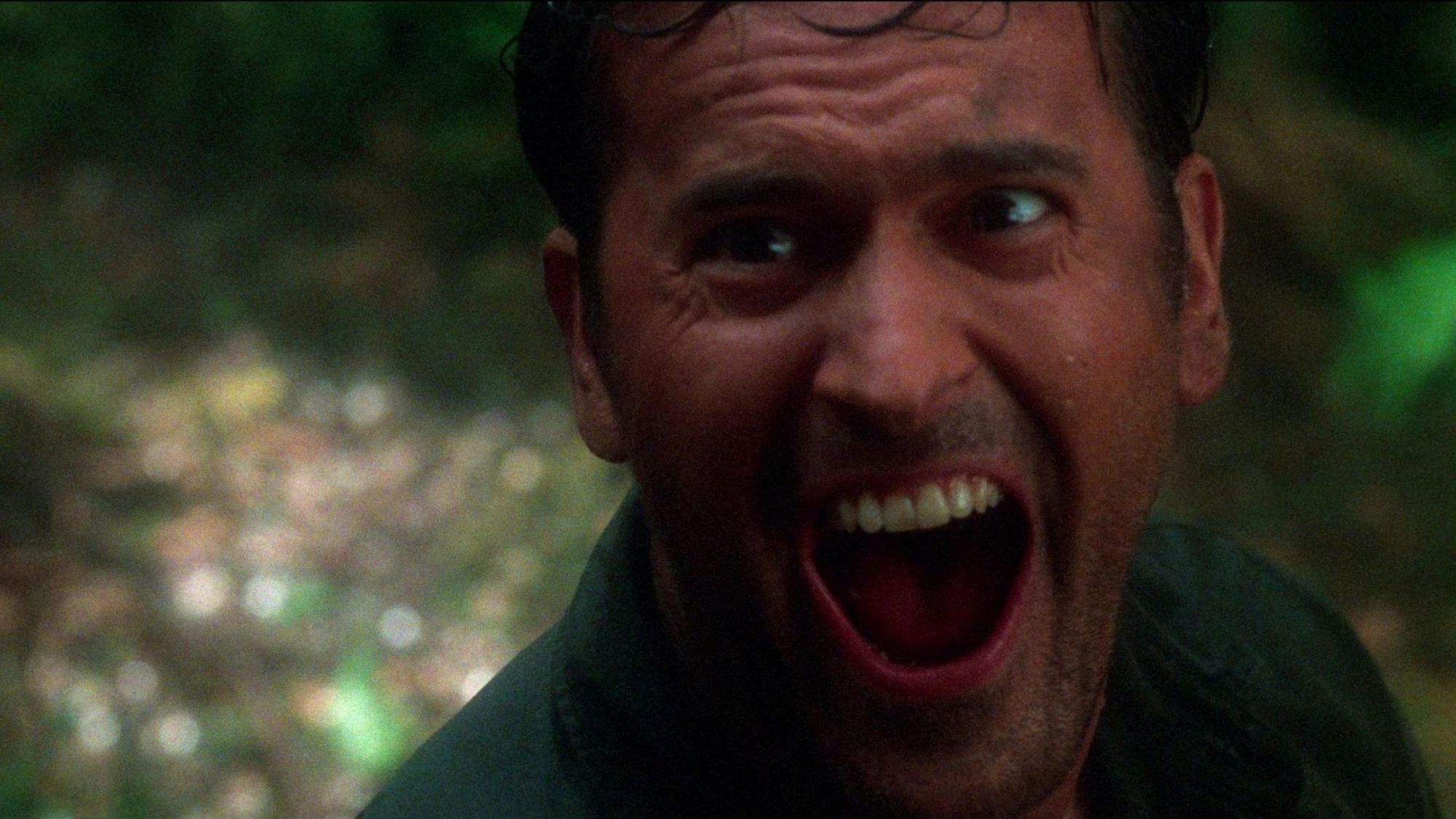
This Forgotten ’90s Action Movie Was a Jurassic Park Follow-Up That’s So Bad It’s Good
Michael Crichton has had his novels adapted many times and, for the most part, the track record in that regard skews positive. The 13th Warrior, Sphere, and Timeline didn’t take off but The Andromeda Strain, Disclosure, The Great Train Robbery and, especially, Jurassic Park, all did. Then there are the movies he contributed to that were not based on one of his works. For instance, he co-wrote the script of Twister, wrote and directed Coma, starring Michael Douglas, and pulled the same double duty on cult favorite Westworld. But there’s one outlier that is both objectively poor yet simultaneously extremely enjoyable.
That would be Congo, one of the most well cast movies that is nonetheless one of the most ridiculous films to come from the ’90s. It is the very definition of that cinematic treasure trove known as “so bad it’s good.”
If Congo Was Just Trying to Be Fun and Funny, It Succeeded

Considering it came out two years after Jurassic Park, it’s more than a little fair to say Congo would not exist had Steven Spielberg’s A-plus adventure masterpiece not taken off. And like how the Jurassic Park movie somewhat streamlined Jurassic Park the book, so too does Congo. In fact, to an even greater extent.
Congo, the book, is really the tale of a few tech companies fighting to get to the diamonds in the Lost City of Zinj first. That lost city and its shiny secrets are present in the movie, but it’s just one expedition composed of people with multiple motivations going to the city. Furthermore, the diamonds are for processor chips in the books whereas they’re for laser guns and a satellite in the movie.
Similarly, there are scary gorillas in both works, but in the book they are a combination of human DNA and chimpanzee DNA. In the movie, they’re big, ugly apes bred to protect the diamonds, only to learn they are immune to neither lasers nor lava.
So, for the most part, Congo the movie mostly adheres to the events of the text, with a few alterations here and there. However, when it comes to the tone, they couldn’t be any more different. As was typical of Crichton’s novels, there is a lot of science talk in the book whereas the movie throws all of that aside for a breezy pace and an adventure rife with one danger after another.
In other words, the movie makes no effort to take itself seriously, while the book does. This is obvious when one pays the slightest amount of attention to the script, which includes lines like “Stop eating my sesame cake!” and “I’m your great white hunter for this trip, though I happen to be Black.”
But the ultimate sign of its lack of self-seriousness is Herkermer Homolka, a character original to the film. Homolka was played by the great Tim Curry who, without a doubt, understood every ounce of the assignment. He knows what movie he’s in and plays it up nonstop. Even as something of a side villain we’re devastated to see him get smashed by one of the diamond guardian gorillas.
Congo is not high art. It doesn’t claim to be high art, and it doesn’t strive to be high art, not unlike Anaconda. But just as Jon Voight’s performance in Anaconda alone made it worth watching, so too does Curry’s work make Congo worth watching (the cameo from Bruce Campbell helps sweeten the deal, as well). It’s the type of goofy high-budget adventure that seemed to go away with the close of the ’90s.



